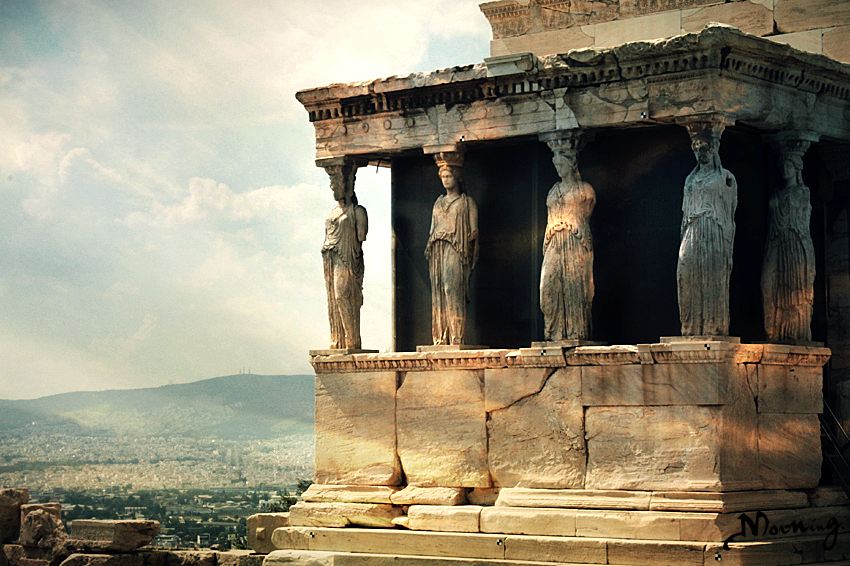
(Credit: united1999.com)
Introduction: On January 22, a special event on the occasion of the 2,500th Anniversary of the Battle of Thermopylae and the Battle of Salamis (480 BC - 2020 AD) with the presence of H.E. the President of the Hellenic Republic was held at the University of Athens, where Dr. Alimov delivered a speech. The following is the transcribed version of Dr. Alimov’s keynote speech.
Your Excellency, dear Mr. President,
Dear colleagues, ladies and gentlemen,
First of all, I would like to express my deep appreciation to the President of the Hellenic Republic for the warm welcome and special address that determined the course and tone of our discussion.
I admit, I am especially excited when I am in a country whose people have had a huge impact on the formation and development of world civilization.
In my youth, my favorite book was Myths of Ancient Greece. 40 years ago, I read the book of the Soviet orientalist academic Bobojan Gafurov and the Greek historian Dimitrios Tsibukidis titled “Alexander the Great and the East”, which made a great contribution to the historiography of early Hellenism. Since then, the history of Greece has become part of my history.
In my country, as well as in the countries of Central Asia, they carefully treat everything connected with the ancient Greeks. The descendants of those who lived in Bactria and Sogdiana today continue to re-tell stories and legends that were born almost two and a half thousand years ago during the stay of Alexander the Great in our area.
A city of my fore-fathers, Khujand in Tajikistan, is called by many historians “Alexandria Iskhata”. One of the most beautiful mountain lakes in Tajikistan is named after Alexander. The national museums of the countries of Central Asia store cultural artifacts of those distant times. The given names Iskander and Roxanne are extremely popular in Central Asia.
The preservation and enhancement of the rich cultural and natural heritage is one of the priority tasks of the governments of Central Asian states. Over the past 20 years, a lot of work has been done together with UNESCO in the interests of present and future generations. 53 World Heritage sites are listed on the World Heritage List. Among them are the historical center of the city of Bukhara and the crossroads of world cultures - Samarkand (Uzbekistan); the ancient city of Merv (Turkmenistan); Petroglyphs of Tamgaly (Kazakhstan) and many others.
In 2010, Sarazm, the oldest settlement of the settled peoples of Central Asia, was included in the UNESCO World Heritage List. This year, in Dushanbe, under UNESCO auspices, events will be held dedicated to the five thousand and five hunderth (5,500) anniversary of Sarazm as a center for the formation of the ancient agricultural culture of the Tajik people. According to scientists, including French archaeologists, the Great Lazurite Route passed through Sarazm, which then formed the basis of one of the reliable routes of the Silk Road from Europe to China and India.
It is important to note that each object included in the List is distinguished by effective management and thoughtful protection, which ensure its preservation from possible climate change, seismic risks, uncontrolled construction work and visiting tourists.
Central Asia is one of the centers of human civilization. It is obvious that 53 objects inscribed on the World Heritage List cannot fully reflect the contribution of the peoples of the region to the development of the material and spiritual culture of mankind. UNESCO National Commissions carry out a lot of scrupulous work to study and document potential sites for listing. Documents on 75 objects have already been submitted to UNESCO for consideration (from Kazakhstan - 15, from Kyrgyzstan - 3, from Tajikistan - 17, from Turkmenistan - 9, from Uzbekistan - 31). Each of them will become an additional fragment of an impressive picture of our common historical heritage.
The joint efforts of the countries of Central Asia and China to revive the Great Silk Road are also aimed at preserving the cultural and natural heritage. Documents were submitted to UNESCO for inclusion in the List of a number of cities along the Silk Road and corridors. Some of them are already on the List. The “Belt and Road” Initiative is also contributing to this goal. These steps will strengthen cultural heritage policies; promote sustainable development and intercultural dialogue, respect and mutual understanding between peoples. Most importantly, it will enable current and future generations to learn more about the history and culture of the peoples of Central Asia and its strong links to Europe and the world.
Effective management of the World Heritage sites, their conservation, protection and popularization require active joint work. We are thankful to Greece and its people who show us an example of how, based on civil society, local communities and the younger generation, to effectively fulfill a noble and important mission to preserve heritage.
Thank you for attention.
—————————————————————
ON TIMES WE FOCUS.
Should you have any questions, please contact us at public@taiheglobal.org
